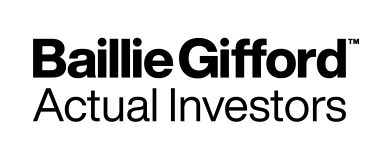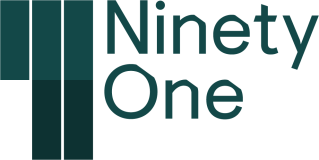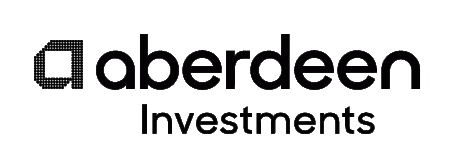US share prices rose during April as investor sentiment was boosted by President Joe Biden’s extensive spending plans, the ongoing success of the Covid-19 vaccination programme, and intensifying optimism about US economic prospects.
- The US economy grew by 6.4% YoY during Q1
- The S&P 500 Index breached 4,000 points
- Signs of inflation caused some unease
To view the series of market updates through April, click here
US share prices rose during April as investor sentiment was boosted by President Joe Biden’s extensive spending plans, the ongoing success of the Covid-19 vaccination programme, and intensifying optimism about US economic prospects. The S&P 500 Index climbed by 5.2% over April and breached 4,000 points for the first time during the month; according to S&P Dow Jones Indices, the S&P 500 Index achieved ten new closing highs during April. Meanwhile, the Nasdaq Index increased by 5.4%, and the Dow Jones Industrial Average Index rose by 2.7%.
“A once-in-a-generation investment in America itself” (President Joe Biden)
The performance of the Dow Jones Industrial Average Index during President Biden’s first 100 days in office was the best since Franklin D Roosevelt’s in 1933, according to a study undertaken by LPL Financial Data. Over President Biden’s first 100 days, the Dow rose by 9.9%, compared with 75.1% for FDR, 9.2% for Lyndon B Johnson, 8% for George HW Bush, and 6.1% for Donald Trump.
Marking his first 100 days in office, President Biden followed his US$1.9 trillion American Rescue Plan with further plans worth around US$4 trillion. “The American Jobs Plan” and “The American Families Plan” will focus on employment, education, social welfare, and climate change, and are to be financed by tax increases on corporate America and the wealthiest individuals. He described the plan as a “once-in-a-generation investment in America itself”; however, there are doubts whether the package will succeed in getting the necessary approval from Congress.
The US economy added 916,000 new jobs during March following February’s revised increase of 468,000 and the rate of unemployment edged down to 6%. Having expanded by 4.3% during the final quarter of 2020, the US economy grew at an annualised rate of 6.4% over the first three months of 2021. Growth was underpinned by strong consumer spending, which fuelled concerns that the economy might be in danger of overheating; these were compounded by a rapid increase in the rate of consumer price inflation from 0.4% in February to 0.6% in March, representing the largest one-month rise since August 2012. Nevertheless, the Federal Reserve (Fed) dismissed the increase as “transitory”. The International Monetary Fund (IMF) expects the US to achieve the strongest growth of all the G7 economies of 6.4% during 2021, compared with its global forecast of 6%.
A version of this and other market briefings are available to use in our newsletter builder feature. Click here









